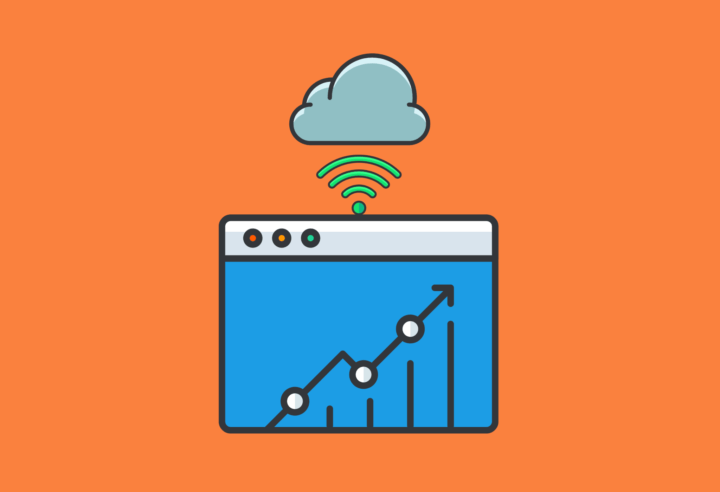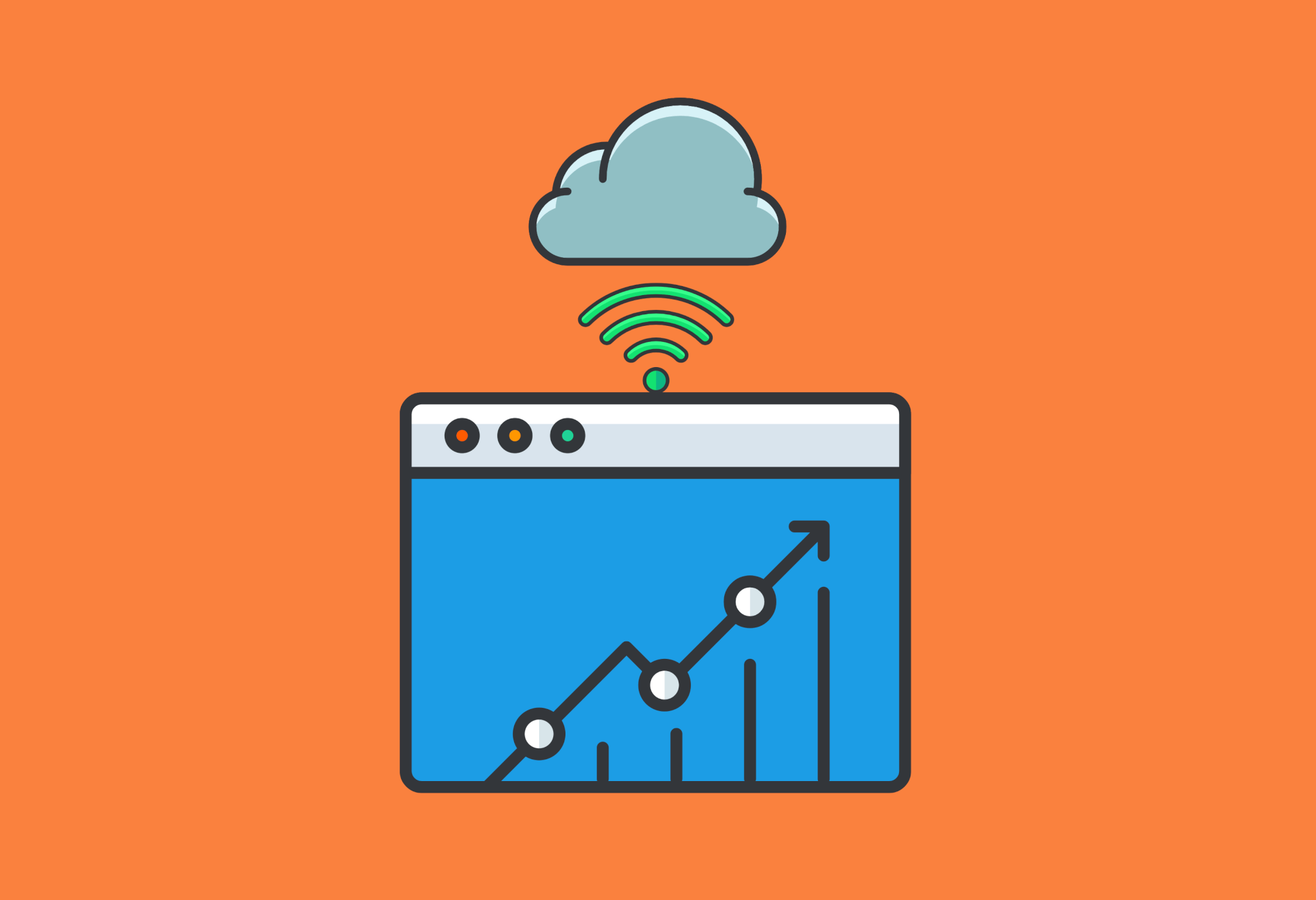We’re seeing a remarkable transformation in sales, not only as a forward leap into the modern age but also as a major shift in customer and business relationships. Smart, connected products — known in the corporate world as the Internet of Things (IoT) — are creating many new opportunities and fresh experiences. We’re at the beginning of an IoT revolution, even in the world of sales.
Surprisingly, 87 percent of buyers have never heard the term Internet of Things, which is simply a phrase for connected or smart devices. That doesn’t change its immense popularity, however.
The market is growing so rapidly, that Intel predicts there will be 200 billion IoT and connected devices by 2020. It’s changing the current state of the industry and market, in a multitude of ways.
The Consumer Environment Has Changed
To understand what’s changed in sales, you have to compare the current state of the market to more traditional engagements.
The sales process of the past:
- Marketing and sales teams interacted with customers up until the point of sale
- A product or service was purchased; the relationship moved beyond those surface teams
- Only if the customer returned to purchase another product would sales and marketing professionals get another series of interactions
With traditional products and goods, the customer gets their hands on the item and that’s it. You’ve accomplished your primary goal, not to mention made a customer happy.
That’s not how things work anymore, though — namely because of connected devices.
In fact, most modern products work as more of a service, offering various functions and additional features through an active subscription. Smart security cameras, for instance, may offer a cloud storage service that allows customers to store and access their visual content at a later date.
New products essentially become sensors or reporting mechanisms for future relationships and interactions with a customer. Companies — including sales and marketing teams — stay in direct touch with each customer throughout their ownership experience.
What Constant Connectivity Means
This constant customer connectivity broadens the nature of insights, allowing teams to see how consumers are using a product, how often they rely on it and which features are neglected.
This can be rolled into future campaigns and product developments to improve various factors. An upgraded model, for instance, can help improve segmentation, with more granular features and reasonable pricing.
In this way, brands and organizations can use existing, in-field products to learn more about their audience and further perfect future campaigns.
IDC claims a whopping 60 percent of global manufacturers will use data and analytics recorded from connected products or devices to analyze processes and use the info to identify optimization possibilities.
The question, then, is why sales and marketing teams cannot do the same? They can, and it won’t be long before modern tools and analytics platforms integrate this support.
How Does This Affect Traditional Sales Roles?
Connected technologies and products allow for opportunities after the initial sale that weren’t there before. Brands can now deliver upgrades, service additions and even new features throughout the life of a product; dramatically changing the way modern sales and customer interactions happen.
This explains why McKinsey Global Institute has predicted IoT will have a total economic impact of $11 trillion by 2025. That includes the various and additional revenue-stream opportunities made possible through active services and product upgrades.
This shift in how business is handled and provides services also opens up opportunities in the sales world. For starters, you have a variety of new opportunities in regards to billing and pricing models. On top of choosing various tiered pricing opportunities for the actual product, you have additional plans for subscriptions, upgrade services and more. Your overall value proposition has changed considerably. You now need to be able to discern pricing plans for every feature and streaming opportunity your team plans to offer.
Depending on the product/service, you most likely will gain access to real-time market insights for active consumers and usage scenarios. Share on XThe introduction of smarter, more connected devices also means more robust insights. In fact, depending on the product or service, you most likely will gain access to real-time market insights for active consumers and usage scenarios. This means you can see what’s happening when it’s happening, even after a customer has a product in their home.
New Technologies, New Opportunities
As for direct sales opportunities, you now have the option to deliver immersive product demonstrations and even remote experiences. By deploying augmented or virtual reality equipment, you can provide customers with an at-scale, custom demonstration of a product or service in action.
You’d be forgiven for thinking this panders to a niche audience, which may have been true at one time, but that’s no longer the case.
Now, nearly every smartphone on the market is capable of displaying and interacting with AR and VR content. You don’t always need a headset or virtual reality setup to make this happen, either.
Both B2B and B2C brands have taken advantage of the technology and made it work for them.
Resupply and follow-up opportunities become so much more reliable, as well. With traditional products, you may reach out to a customer with the hopes they’ll upgrade to a new product or replace an inefficient one. It’s really a hit-or-miss scenario, as they may be willing to do so, or they may be in the market for an entirely separate product.
Now, thanks to active service opportunities, you have more chances to hook a customer and push them toward a service upgrade or new feature.
This is especially true if the product or service in question requires an active subscription. With any luck, this may even open up completely new and innovative revenue streams. Income that was never available to your business before.
Automated Purchase Orders
Another area of opportunity in regards to smart, connected devices is the automated functionality and features they offer. These devices are so advanced they may even handle the resupply or purchase orders for the customer.
Amazon’s Echo — powered by Alexa — can automatically reorder groceries and items, nearly as soon as they run out. The same scenario can leverage inventory delivery, replacement parts and even repair orders. In the business and retail worlds, it can even produce automatic vendor purchases for common items and supplies that have run out.
This changes both the B2C and B2B business worlds, eliminating the middleman or sales role that was traditionally necessary.
That doesn’t mean sales and marketing professionals will lose their current opportunities. Instead, it just opens up new avenues for which a business or organization can make additional revenue.
It’s About Modern Relationships
Sales, marketing and modern business opportunities are now more about the relationship between seller and customer. Never before have consumers had more power than they do today, thanks to the emergence of modern, connected technologies.
This doesn’t take away the power from the business world — it just shifts the focus.
Now, you need to be concerned with delivering active and engaging opportunities, including in sales. The real promise comes from the repeat and loyal business opportunities you can establish.
The real promise comes from the repeat and loyal business opportunities you can establish. Share on XIf you play your cards right, your relationship with the customer doesn’t have to end when the sale does. You can continue to have a relationship with them throughout the life of your product. This affords you new insights, new sales opportunities and a much larger revenue stream.
You could even claim that IoT lengthens the average product lifecycle if and when a device is provided smart, connected features and support. Longer, more robust relationships with consumers and businesses are what most sales teams are after anyway.
Want to help contribute to future articles? Have data-backed and tactical advice to share? I’d love to hear from you!
We have over 60,000 monthly readers that would love to see it! Contact us and let's discuss your ideas!

